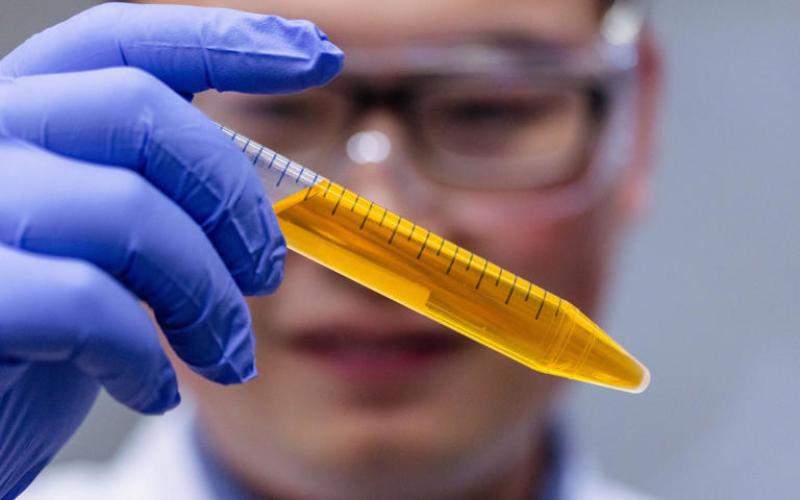E-number found in Doritos can turn skin invisible, scientists find


Nothing is impossible—it would appear.

E-number found in Doritos can turn skin invisible, scientists find
R ubbing an E-number found in the orange food dye used in Doritos, the tortilla snack, can turn the skin invisible, scientists have found.
A chemical called tartrazine, also known as FD&C Yellow #5 and as the E number E102, was mixed with water and rubbed on the shaved stomach and scalp of lab mice. Moments later, the skin was transparent.
Tartrazine is found in a host of food products including cornflakes, sweets, energy drinks and chicken stock as well as crisps and is safe for consumption but has been linked to hyperactivity.
Experiments revealed that the skin’s appearance changed a few minutes after the orange solution was rubbed in and blood vessels and organs could be seen a centimetre below the surface.
The groundbreaking discovery is the first time scientists have managed to remove the opacity of skin by modifying the refractive index – the amount light bent as it passes through something – of skin.

Study co-author Dr Zihao Ou, who conducted the research while at Stanford University and is now an assistant professor of physics at the University of Texas at Dallas, explained: “For those who understand the fundamental physics behind this, it makes sense. But if you aren’t familiar with it, it looks like a magic trick.
“It’s important that the dye is biocompatible – it’s safe for living organisms. In addition, it’s very inexpensive and efficient. We don’t need very much of it to work.”
It is hoped that by being able to easily peer below the skin scientists will be able to use the technique to learn more about how the brain and other organs work, and to shed light on complex biological processes in the hope of treating a host of diseases.
And, unlike the unfortunate Jack Griffin in the classic H G Wells story, The Invisible Man, the process is reversible and skin returns to normal when washed.
Current scientific work to see into living tissue is focused on minimising how much light is absorbed and scattered and this has resulted in the ability to see about 2mm below the skin.

But the new approach has “blown the record out of the water by a factor of five”, according to Imperial College bioengineer and optical physicist Dr Christopher Rowlands who was not involved in the study.
The Doritos E-number changed skin transparency because it absorbs lots of blue light and when this is mixed with a liquid layer found naturally in the skin, known as the extracellular matrix, it increases the refractive index to an almost-perfect match for the skin cells and other components of the skin.
This then allows light to pass through all parts of the skin without being bounced around, the scientists found, leading to transparency.
Dr Ou explained: “We combined the yellow dye, which is a molecule that absorbs most light, especially blue and ultraviolet light, with skin, which is a scattering medium.
“Individually, these two things block most light from getting through them. But when we put them together, we were able to achieve transparency of the mouse skin.
“It takes a few minutes for the transparency to appear. It’s similar to the way a facial cream or mask works: The time needed depends on how fast the molecules diffuse into the skin.”

Do Stay On Topic!
Do Add Something Substantive or Be Gone.
No personal or ad hominem attacks, spamming, or advertisements.
No Trolling.
No Mocking Others. (Your comment may be removed without additional warning.]




Incredibly, some of us had a brief 'talk' about everything being possible a few weeks ago. Everything! If we stop the foolishness of dividing ourselves into tribes and demonizing others. We can accomplish so much for the world—so much faster!
I’m still trying to digest what I read.
It's groundbreaking. We can 'do some things' with this!
Whoa is this satire?
Nope. I can find the story being shared (picked up) and carried on multiple sites as real (legit). Here is a brief video of the process on Youtube:
A window into the body: New technique makes skin invisible